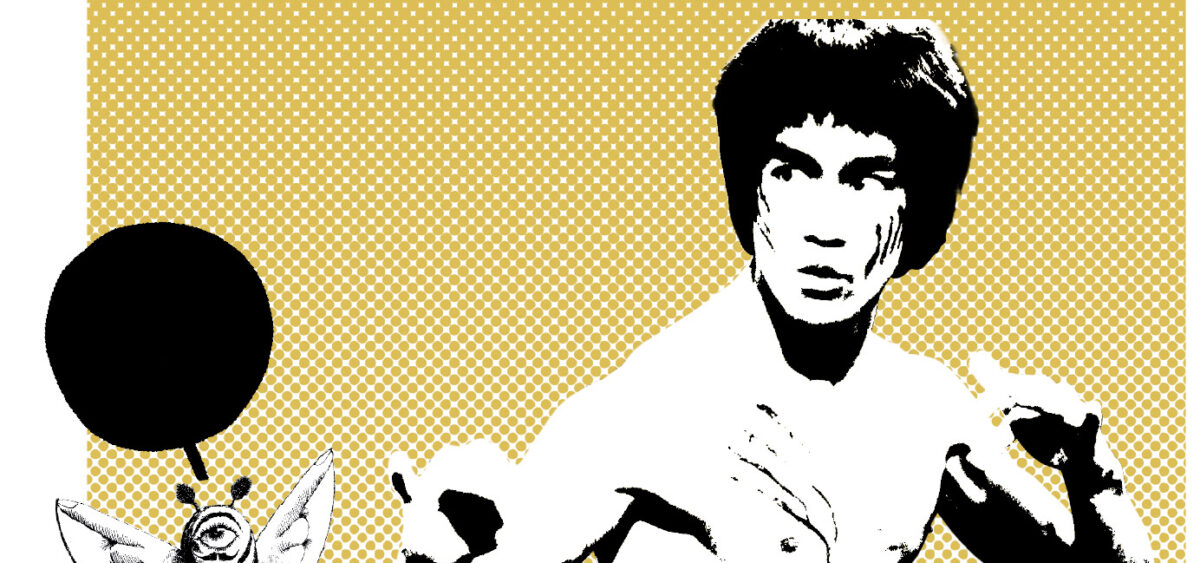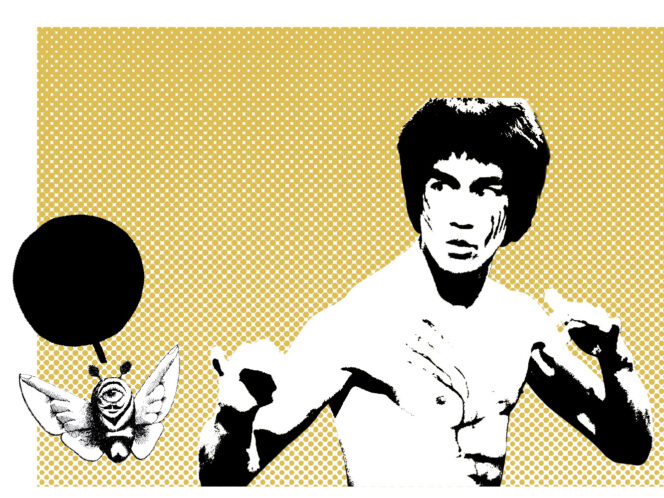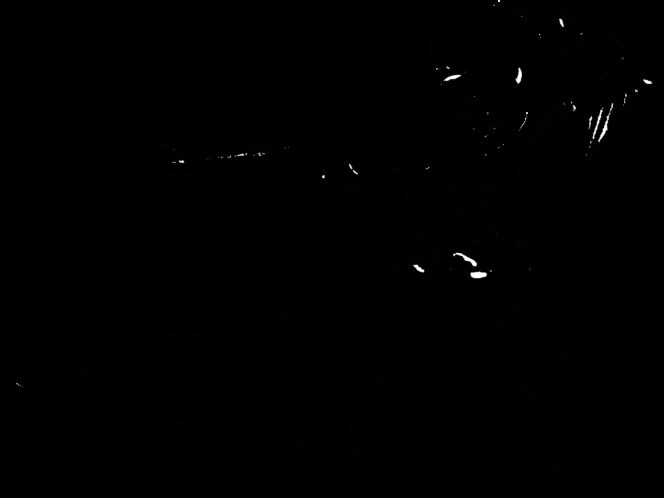
He showed the path for those who believed they could change their fate; a symbol of how underdogs and outcasts could triumph over the world’s wealthy. He was a highly paid actor and celebrity, a walking (or rather, leaping) picture of ambition, a successful Chinese embodiment of the American dream. He was Bruce Lee.
In 1974, the whole world was singing along to the Carl Douglas hit Everybody Was Kung Fu Fighting. It was number one in the charts in 15 countries, and everybody really was obsessed with kung fu fighting. That same year, Hanna-Barbera released the cartoon Hong Kong Phooey – even the younger viewers could join in the craze that swept America following Enter The Dragon’s premiere and Bruce Lee’s mysterious death. Hollywood started churning out one ‘karate movie’ (as we used to call them) after another. However, the fashion took a while longer to break through the Iron Curtain. As a result, it took until 1983 for Piotr Fronczewski (as Franek Kimono) to declare: “Your tears soak into my shirt that says King Bruce Lee Karate Master”, because Enter The Dragon had first hit Polish screens just one year earlier.
Over four decades after his death, Bruce Lee is still a multi-dimensional legend. For some, he is the greatest fighter of all time. The internet is full of serious analyses based on original VHS recordings, in which experts debate whether ‘The Dragon’ would be able to beat contemporary MMA, boxing and other champions. Observing his superhuman speed, they conclude that nowadays he would be a professional MMA fighter, making millions in the ring.
To others, he was a brilliant actor and pop-culture icon, while many saw him as a philosopher with a mind as agile and flexible as his body.
After Lee’s death, one of his students, John Little from Canada, gained access to the master’s library. There he found over 1700 books on a wide range of topics, from Taoism and Western philosophy, through martial arts, to physics and mechanics textbooks. Most of them contained notes in the margins, which were later compiled into seven volumes and published as Bruce Lee’s writings.
His favourite thinker was Alan Watts, who popularized Eastern philosophy in the West. Watts strove to amalgamate contemporary Christian mysticism with Asian philosophy. He was a Buddhist, but also received an honorary doctorate in theology from the University of Vermont. He experimented with LSD, living with his third wife in Druid Heights, a new-age hippy community on the outskirts of San Francisco. Another of Lee’s great influences was the Hindu theosophist Jiddu Krishnamurti, according to whom the road to freedom and happiness lay in complete rejection of any kind of idealism.
Traces of these teachings can be observed in the fighting style invented by Bruce Lee, which rejected traditional approaches to kung fu, as well as dogmas and rituals, in which bows and somersaults were performed purely for effect.
He proposed simplicity, not just in martial arts: “Hack away at the unessential” like “a sculptor [who] keeps chiselling away at the inessentials until the [statue] is revealed [without obstructions].”
During one of the first scenes of Enter The Dragon, the hero played by Lee talks with a wise old teacher who, after praising his progress, asks: “What is the highest technique you








